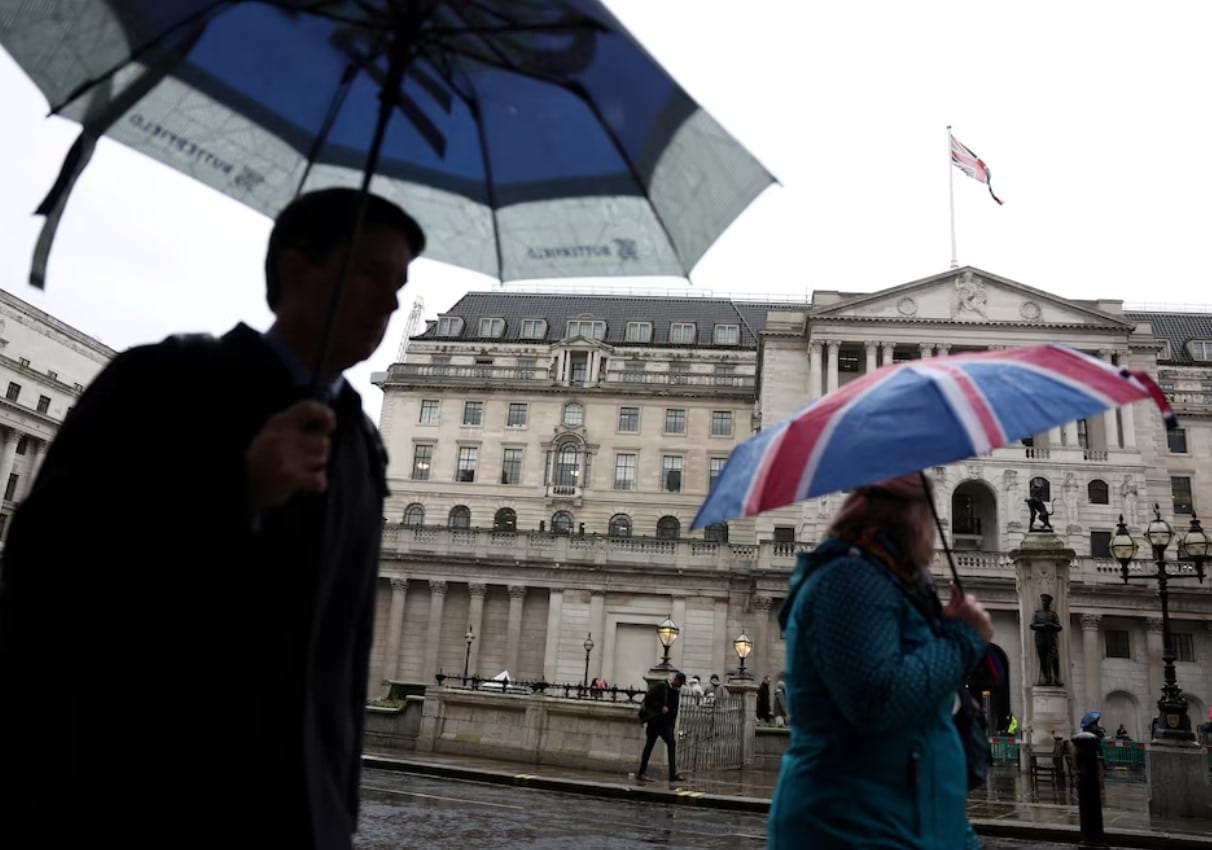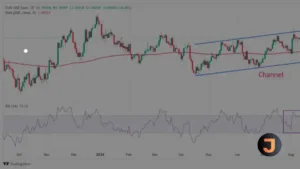British Firms Anticipate Price Hikes Amid Wage Bill Pressures
In the face of mounting wage bills, a significant portion of British companies are preparing to increase their prices, a move that highlights the ongoing economic challenges and supports the Bank of England’s (BoE) hesitancy to lower interest rates. The British Chambers of Commerce (BCC) has revealed that 46 percent of its members anticipate raising their prices within the next year, a figure that has slightly decreased from 47 percent reported in the January survey.
With only 3 percent of surveyed firms expecting to reduce their prices and a majority of 51 percent predicting no change, the pressure on pricing is palpable. The BCC’s survey, which is considered the longest-running private-sector business survey in Britain, gathered insights from 4,800 companies, most of which are small businesses with fewer than 250 employees.
The recent implementation of a nearly 10 percent increase in the minimum wage as of April 1st is cited as a primary factor for the heightened financial strain on businesses. Shevaun Haviland, the BCC’s director general, acknowledged the positive impact of the national living wage increase on employees but also noted the timing coincides with already high labour cost pressures for businesses.
David Bharier, head of research at the BCC, pointed out that pricing expectations are not only influenced by domestic wage policies but also by global conflicts and the impending introduction of more stringent post-Brexit import checks from the European Union. These factors collectively contribute to the anticipated price adjustments.
Despite these pressures, there is a sense of cautious optimism among British firms regarding turnover, with 56 percent expecting growth over the next year, a sentiment that remains unchanged from the previous quarter. However, there has been no overall improvement in business conditions when considering investment, sales, and cash flow metrics.
The BoE has indicated that the spike in wage growth experienced last year is likely to diminish gradually, aligning with inflation rates that are now approaching the 2 percent target. This economic landscape presents a complex scenario for policymakers who must balance the need for economic growth with inflation control.





